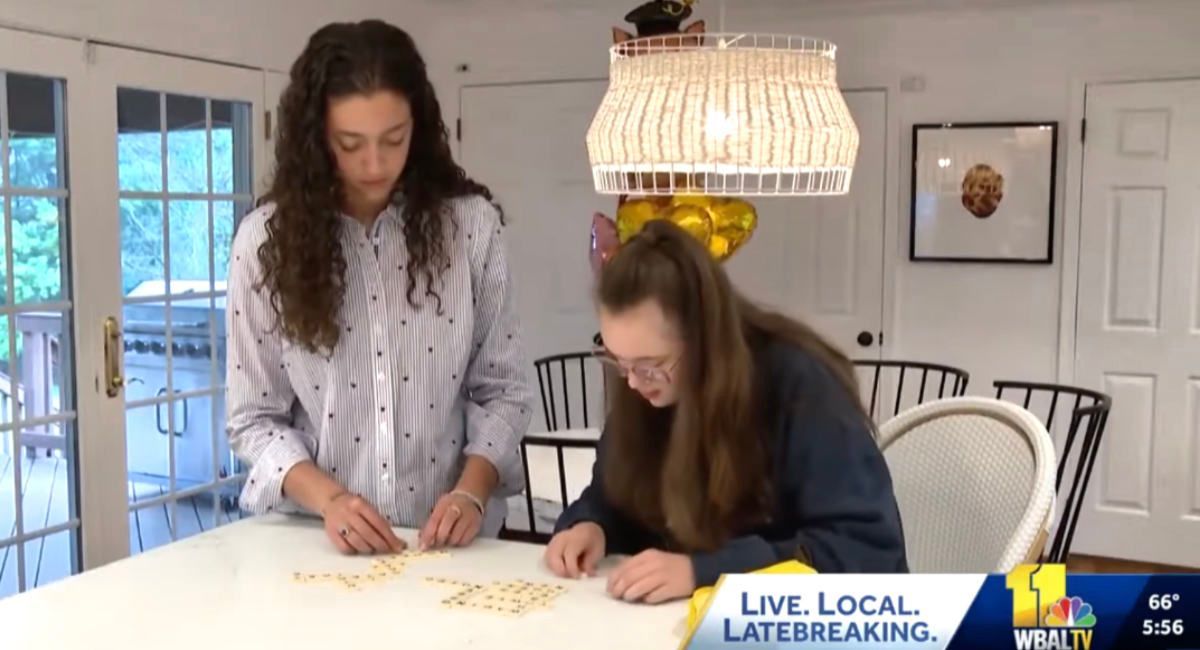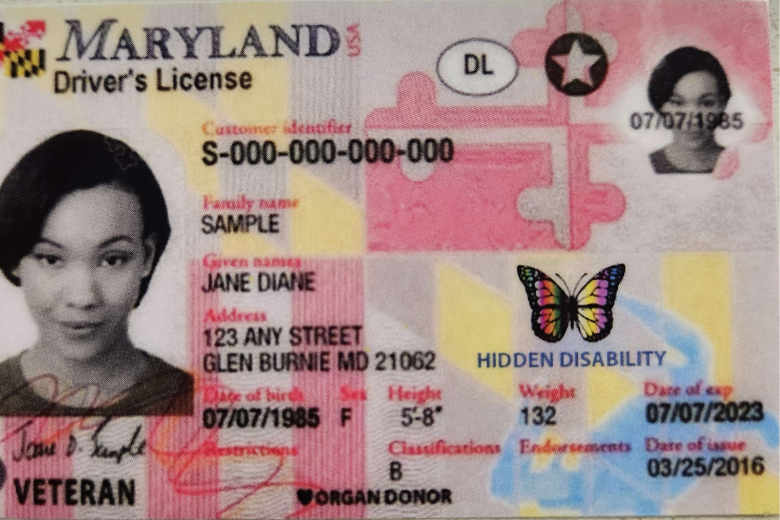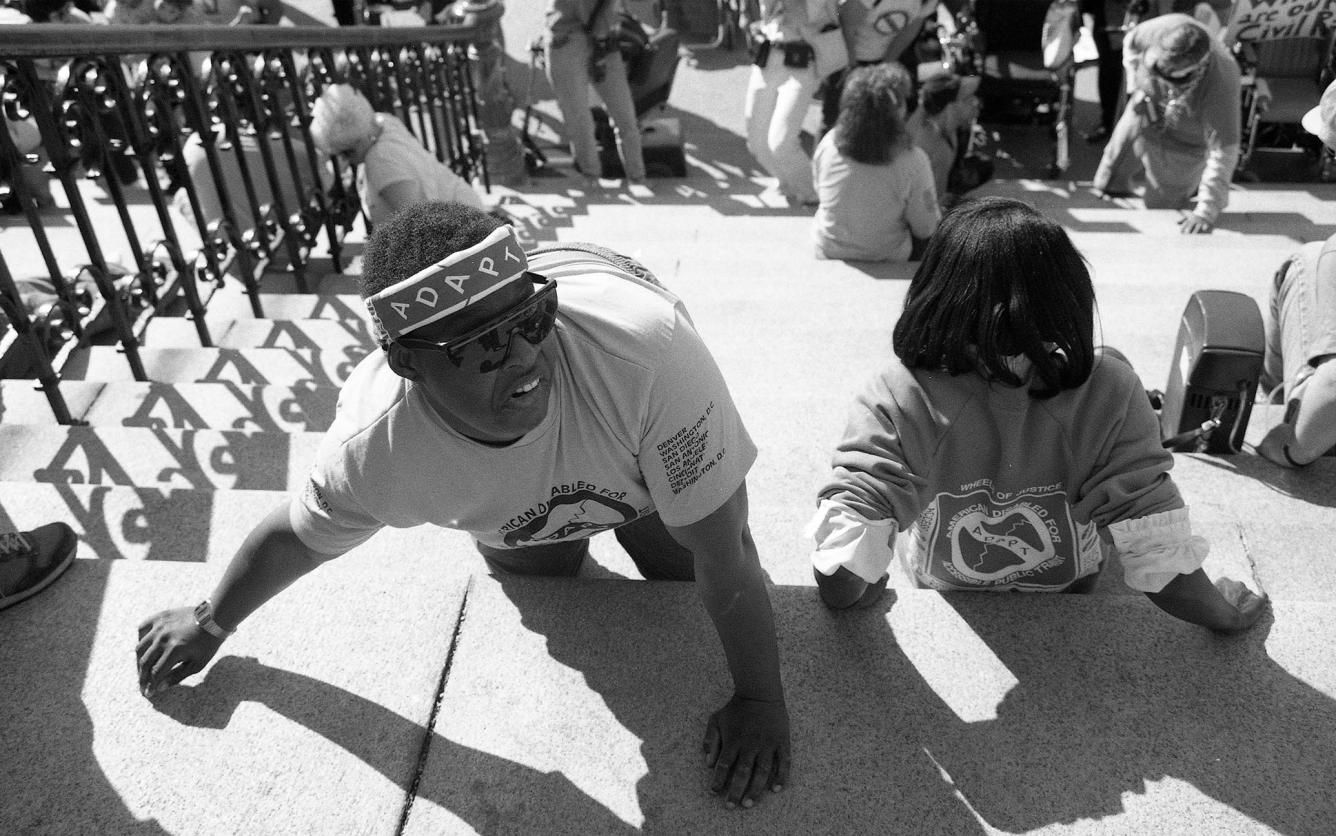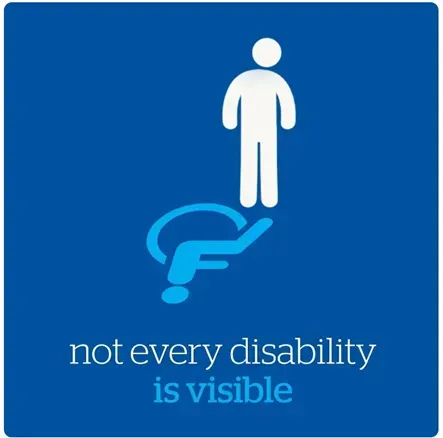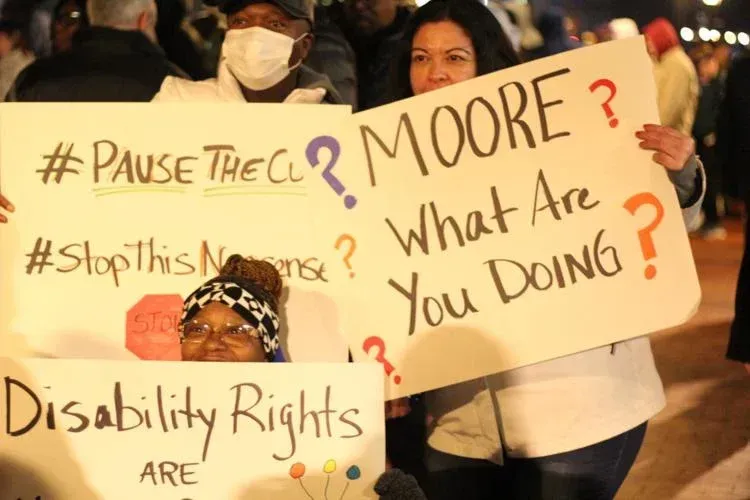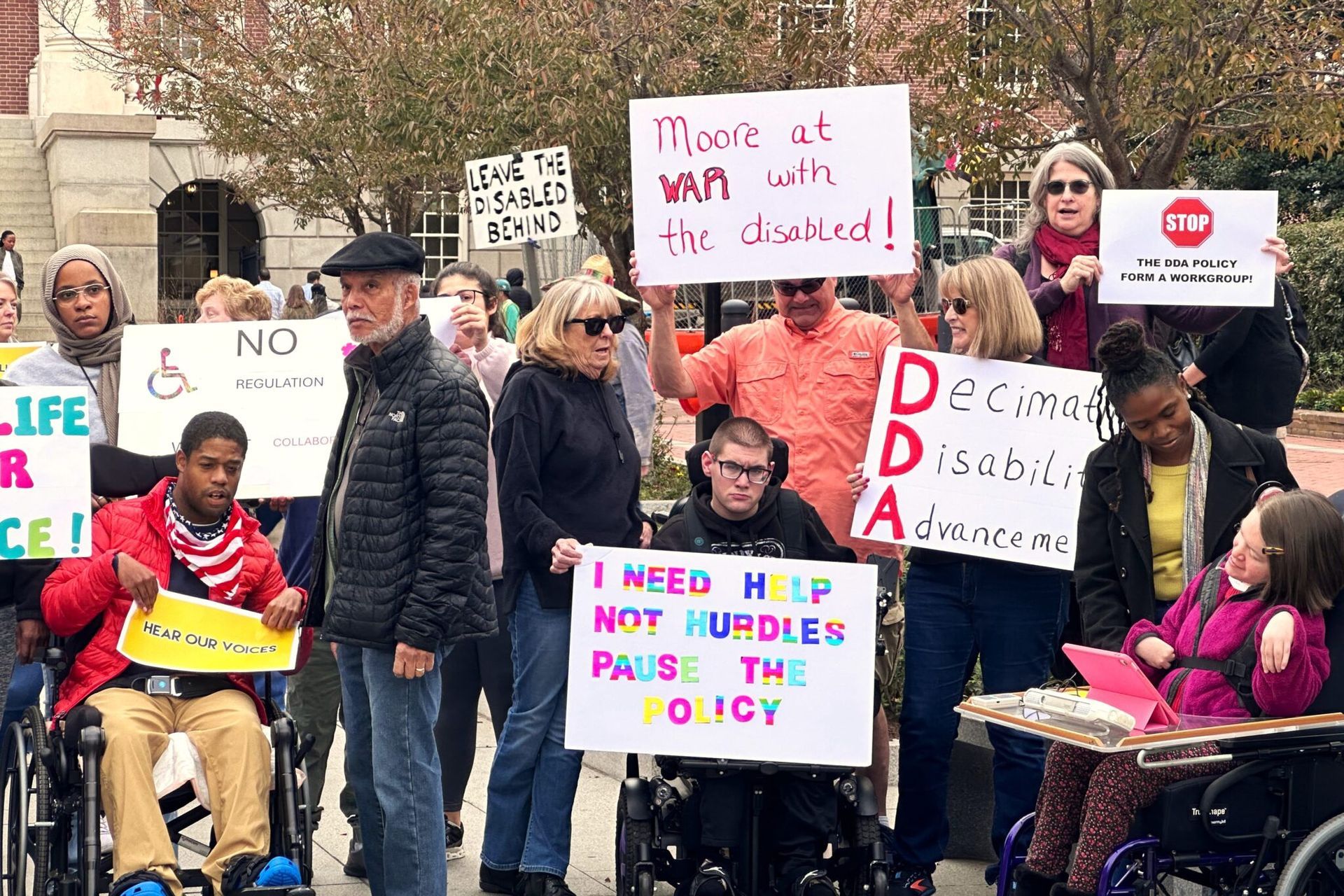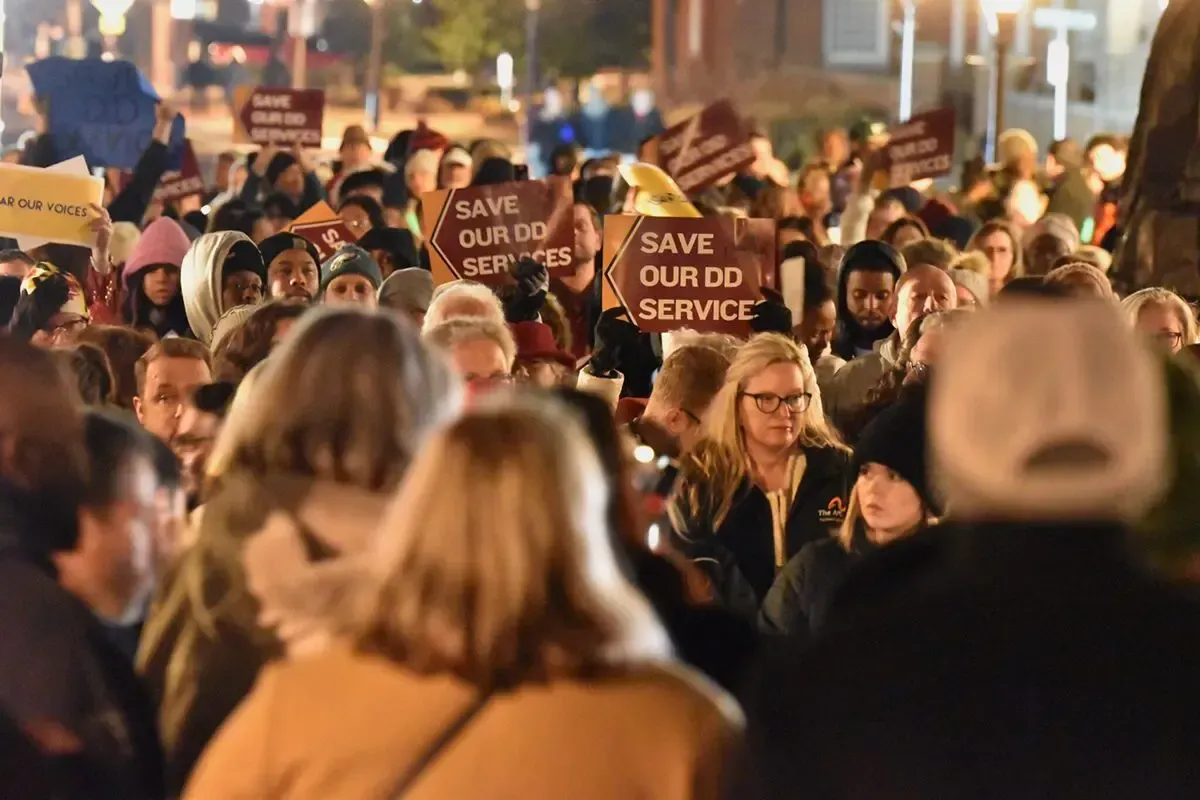Nation’s Disability Services System Begins To Buckle As Funding Threats Intensify
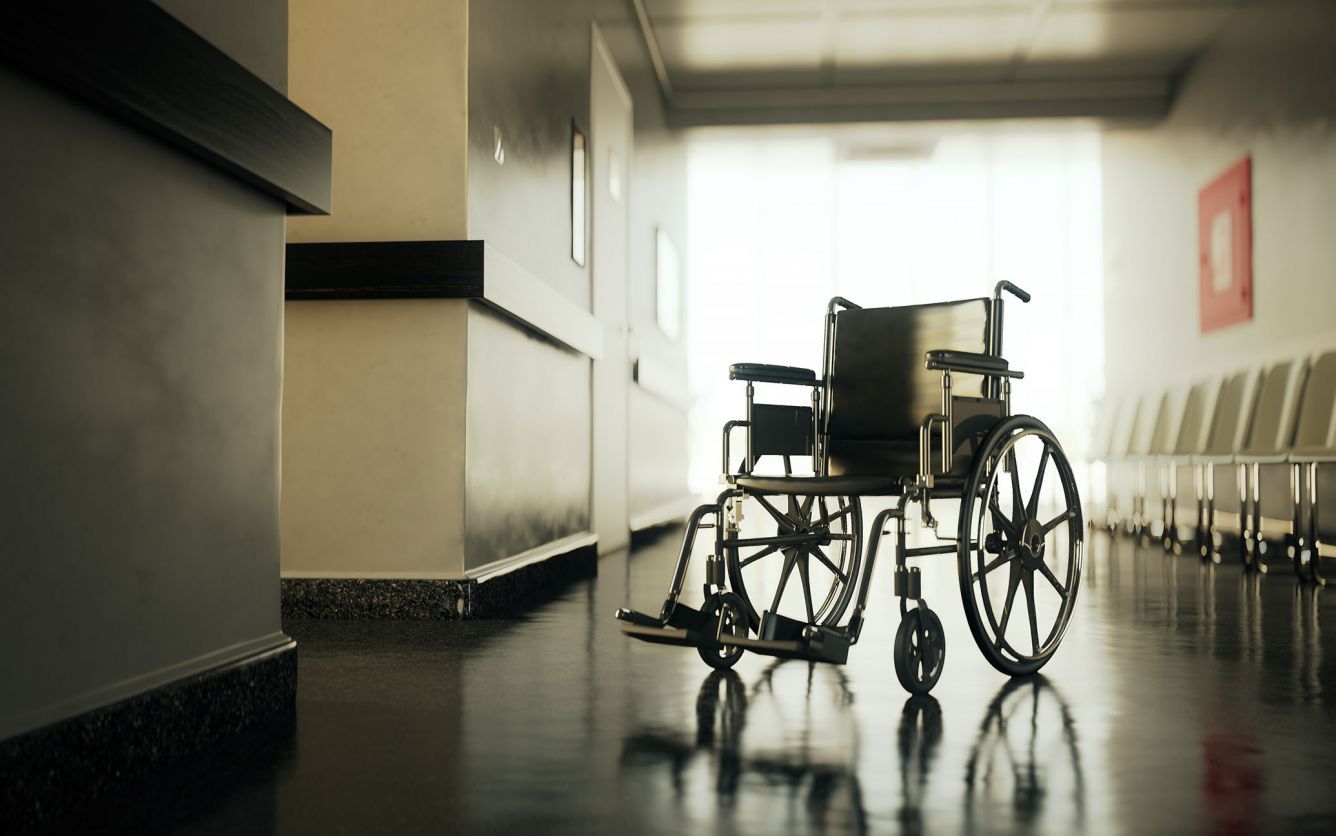
President Donald Trump wants to cut $163 billion in federal spending next year, potentially zeroing out key disability programs, some of which are already pausing services because they’re running out of money.
The White House unveiled a budget summary late last week known as a “skinny budget” that calls on Congress to slash funding for non-defense discretionary spending by 22.6% for the fiscal year starting in October. This would affect programs that Congress reauthorizes annually, but does not include mandatory programs like Medicare, Medicaid and Social Security.
The summary offers little detail about how many disability programs would be impacted. However, a widely circulated budget document leaked last month from the U.S. Department of Health and Human Services offers clues. That document shows that the Trump administration wants to eliminate funding for protection and advocacy agencies, state councils on developmental disabilities, the lifespan respite program and university centers on developmental disabilities, among other programs, advocates say.
The targeted disability programs are housed within the Administration for Community Living, which HHS said in March that it plans to break up.
Jill Jacobs, executive director of the National Association of Councils on Developmental Disabilities, said she had hoped that Trump’s skinny budget would allay concerns about the leaked HHS budget, but she indicated that it ended up doing “just the opposite.”
“It shows absolutely nothing about any Administration for Community Living (ACL) funding at all. Other operating divisions within HHS are identified, but there is nothing about disability, nothing about aging, nothing at all under the HHS category,” Jacobs said. “This makes things even more confusing — and worrisome.”
Already many developmental disability programs are being squeezed because HHS has delayed distributing funding that was authorized by Congress in March.
In recent weeks, Disability Rights New Jersey, Disability Rights Mississippi and Disability Rights Arkansas have announced that they would halt certain services — either temporarily or indefinitely — because they are running out of money. The groups are all federally mandated protection and advocacy organizations, or P&As, which exist in each state to provide free legal and advocacy services to individuals with disabilities. The organizations help students with disabilities access school services, investigate abuse and neglect in both private and state-run facilities for those with developmental disabilities and much more.
“Our agency has been serving individuals with disabilities since the early 1980s, and this is the first time that we have had to cease taking new cases agency-wide. Congress has already approved (and) allotted these monies for our agency — we just are waiting to receive it,” said Polly Tribble, executive director of Disability Rights Mississippi. “Our federal mandate is to protect and advocate for vulnerable people in Mississippi and to root out abuse, neglect, and exploitation, but without our promised funding, if someone calls tomorrow and needs assistance, we can only refer them to another agency.”
Tribble noted that the other agencies they refer to are also dealing with cuts and delays in federal funding.
“If this crisis is not resolved immediately, we are facing devastating layoffs that will severely compromise our ability to protect and serve the disability community,” Tribble said.
These organizations are not likely to be the last ones curtailing services, said Eric Buehlmann, deputy executive director for public policy at the National Disability Rights Network, an umbrella organization for P&As across the country.
“Ultimately all P&As will be effected because they will run out funding to pay for staff and services,” he said.
Representatives from HHS did not initially respond to questions about the payment delays, but the agency said on Monday that more than $1.1 billion in funding that Congress approved in March will be released by the Administration for Community Living in the next two weeks.
The president’s skinny budget spells out cuts at the Centers for Medicare and Medicaid Services, the Centers for Disease Control and Prevention and the National Institutes of Health, among others. It seeks to consolidate housing assistance for people with disabilities with other programs and cut their funding.
Spending on special education services would remain level, per the plan. But, seven programs under the Individuals with Disabilities Education Act would be consolidated to give “states and school districts greater flexibility” and funding for the Department of Education’s Office for Civil Rights would be chopped by 35%.
“Level funding IDEA in particular — as proposed by the White House — is actually a cut,” said Denise S. Marshall, CEO of the Council of Parent Attorneys and Advocates, or COPAA, a nonprofit that advocates for the rights of students with disabilities and their families. That’s because funding has been static since 2023 even as the number of students with disabilities has grown, she said.
The focus on cuts has advocates alarmed and programs operating in survival mode.
“All of the uncertainty around funding has meant that disability programs are having to spend precious time and resources on contingency planning instead of focusing on supporting people with disabilities and their families,” said Alison Barkoff, a professor at George Washington University who led the Administration for Community Living under the Biden administration.
“Programs that are critical to people with disabilities and their families are at serious risk now and heading into the next fiscal year,” she said, emphasizing that “the risk has never been more serious.”
CITATION:
- [ORIGINAL ARTICLE] Nation’s Disability Services System Begins To Buckle As Funding Threats Intensify: https://tinyurl.com/8c7yx375

